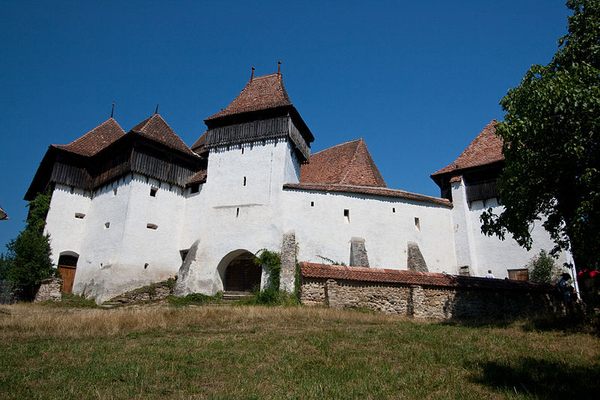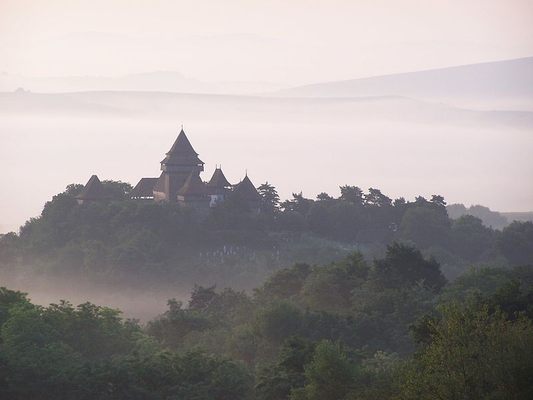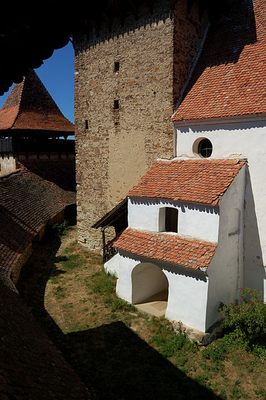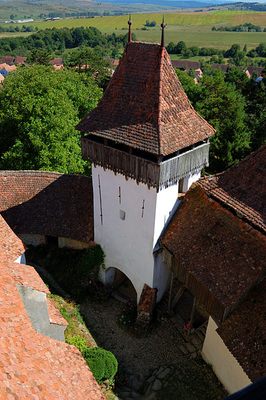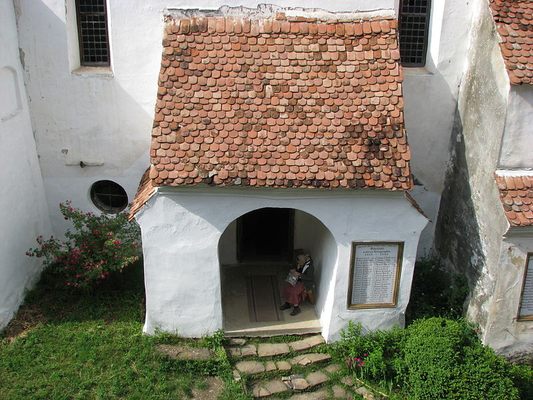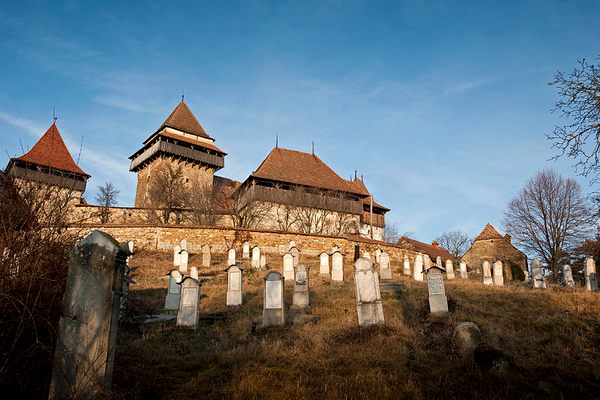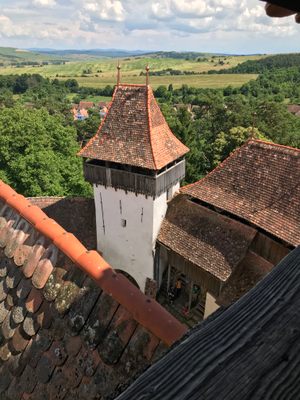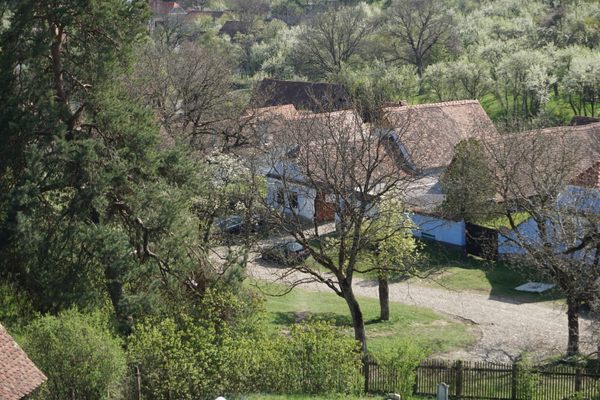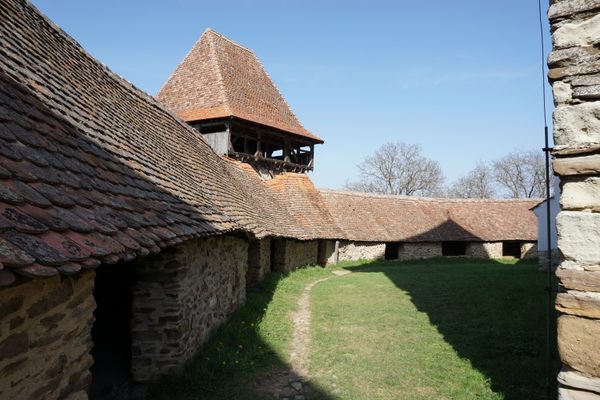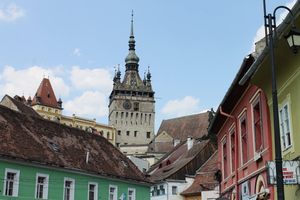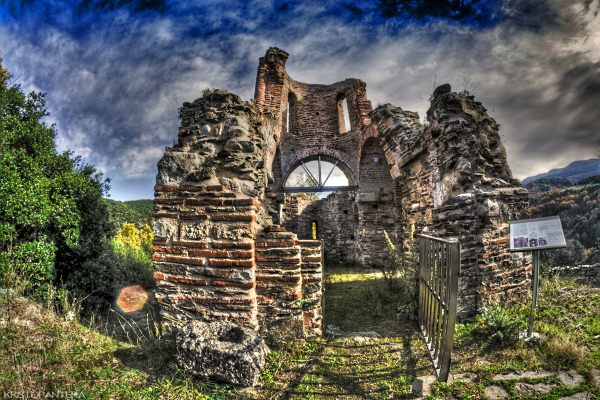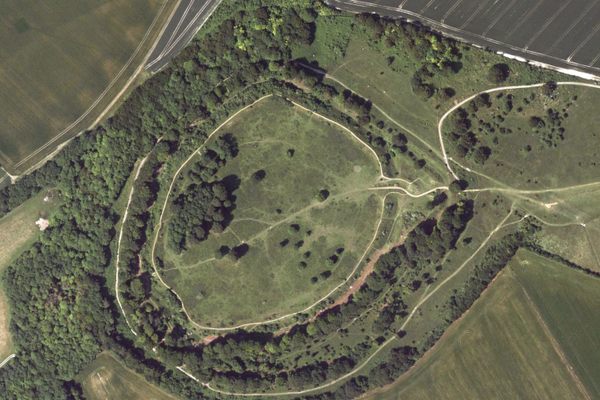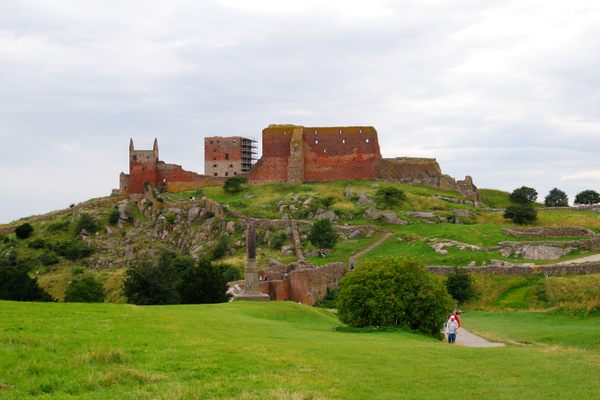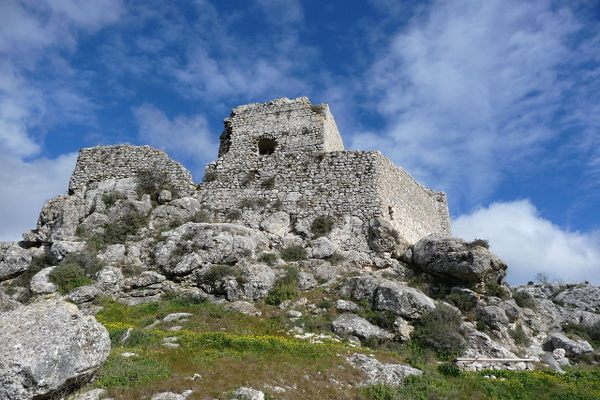About
The white church in Viscri village is a modest house of God but an impressive fortress, one of many created to protect small Transylvanian villages in the Middle Ages.
Around the year 1100, atop a hill in the village, Szekely inhabitants built a small chapel. As the Saxons started to take over the area in the latter half of the century, they used the chapel as the foundation for their own Romanesque church, adding a wooden seat gallery.
That church was torn down by Tartars in the mid-13th century, and since the danger of invasion by Tartars and Ottomans did not go away after the church was rebuilt, it was gradually expanded and fortified to help keep those invaders out. This was common with smaller villages in the region, which did not have other means of protection.
The first outer walls were 23 feet high, allowing people to move safely around the church grounds during wartime. Towers and bastions were added in the 14th century, and a second layer of walls a few hundred years later.
During times of peace in later centuries, rooms and corridors built as fortifications were used for storage or as classrooms. Today there is a museum with artifacts from throughout the town’s history.
Notable features in the church include the much-loved painting The Blessing of the Children by J. Paukratz, added above the altar in the 19th century, and the scalloped capital atop one of the pillars near the altar, the only one of its kind in Transylvania.
Viscri is one of seven villages with fortified churches in Transylvania. They are all listed as UNESCO World Heritage Sites.
Related Tags
Legends of Romania: Castles, Ruins & Culinary Delights
Discover Romania's Medieval Castles & Culture.
Book NowCommunity Contributors
Added By
Published
July 3, 2017
Sources
- https://en.wikipedia.org/wiki/Viscri_fortified_church
- http://www.telegraph.co.uk/travel/arts-and-culture/The-worlds-most-beautiful-churches/romaniaap/
- https://en.wikipedia.org/wiki/Villages_with_fortified_churches_in_Transylvania
- http://www.stefanrtw.com/viscri-fortified-church-romania/
- http://www.touringromania.com/destinations/transylvania/fortified-churches/village-and--fortified-church--from-viscri---unesco.html
- http://iloveromania.com/viscri/
- http://surprising-romania.blogspot.com/2009/08/viscri-fortified-church.html
- http://www.viscri-info.ro
- http://romaniatourism.com/castles-fortresses-romania-viscri-fortified-church.html
